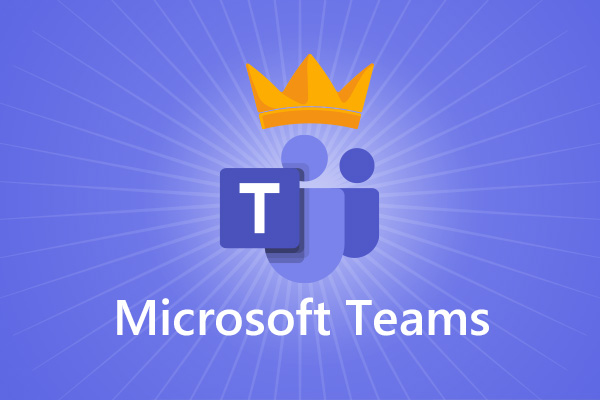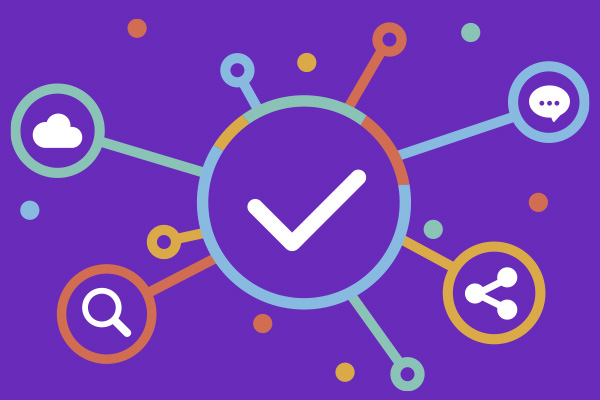
11 reasons to implement an employee app
Implementing an employee app has several benefits, particularly in driving a great employee experience. Lets explore some of the benefits of deploying an employee communication app.

Implementing an employee app has several benefits, particularly in driving a great employee experience. Lets explore some of the benefits of deploying an employee communication app.

Join our webinar to learn more about Microsoft PowerApps

Businesses globally are coming under increasing pressure to come up with solutions to keep their employees safe becoming Covid Secure – whilst allowing them to return to their day to day work.

Governance is essential for your MS Teams environment, helping to minimise risks and make the platform more manageable, but also to optimise the user experience and drive user adoption.

In this article we are going to explore what an intranet is and ten ways in which it drives benefits for an organization.
Book in a live demo with us to discuss your project and find out more about our services, solutions and how we can add value to your digital workplace. Simply fill out the form and pick a time and date in our calendar.
Alternatively, if you have a question and would like more information about Content Formula, please visit our contact us page.
We look forward to meeting you.
We use cookies to give you the best experience on our site. By continuing to use our website, you are agreeing to our use of cookies. To find more about the cookies, please see our cookie notice.
You can also read our privacy policy.